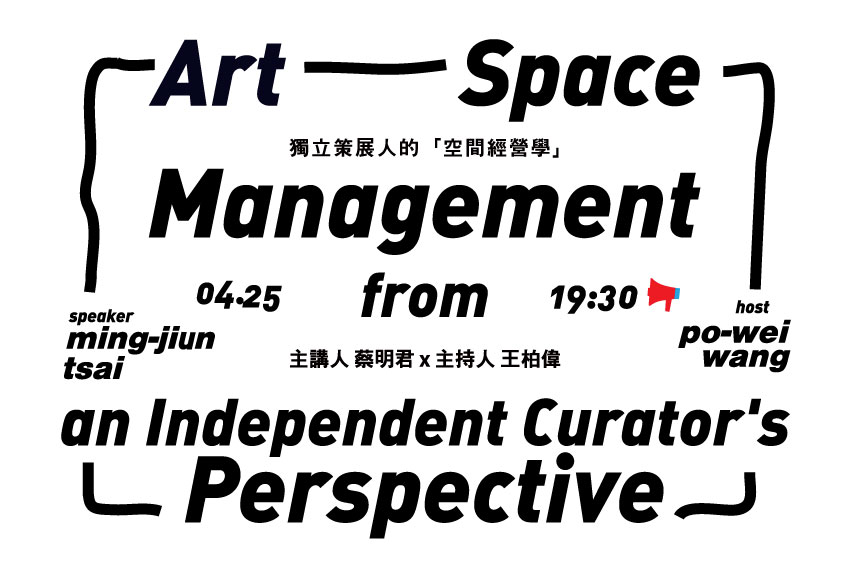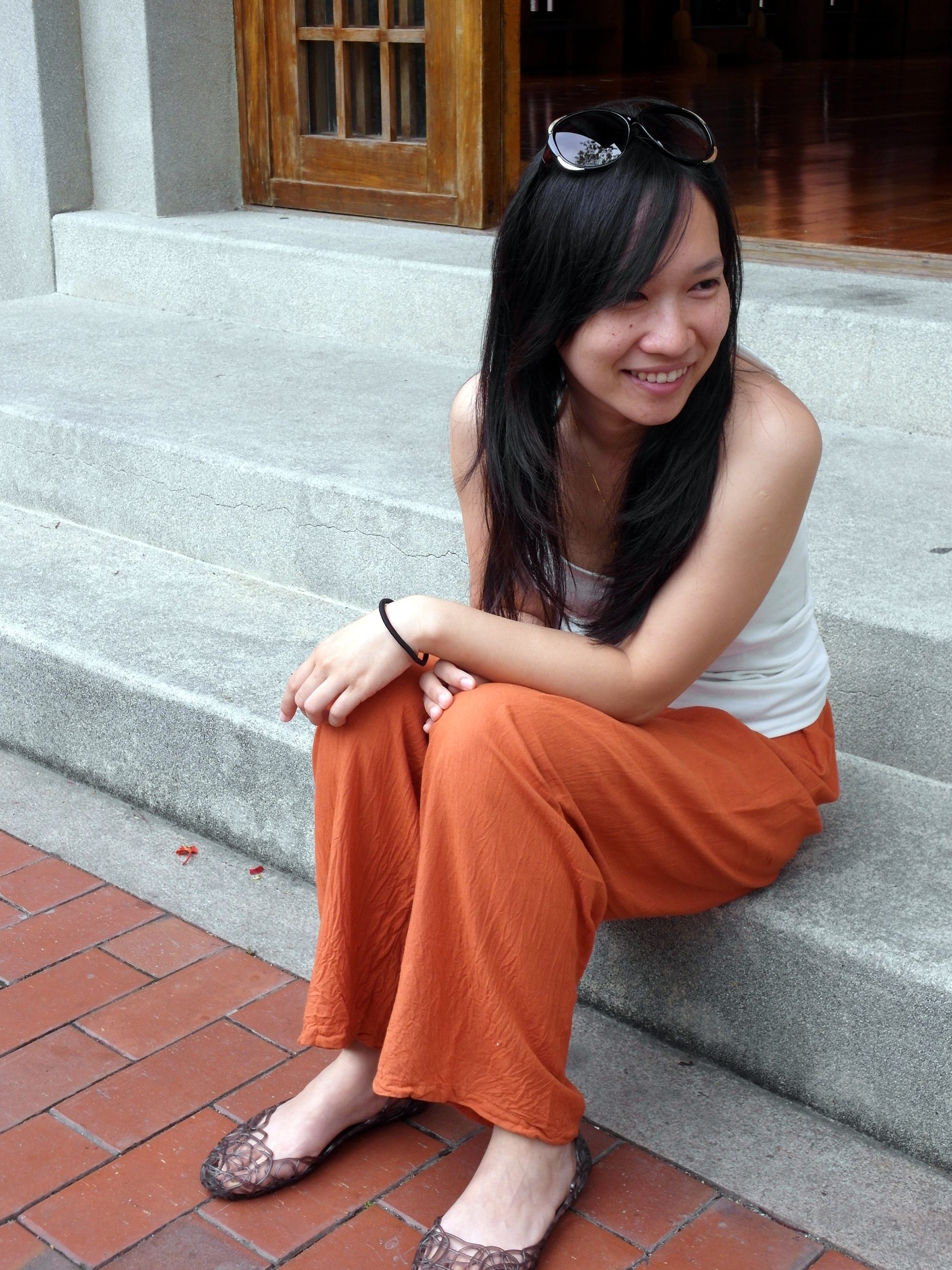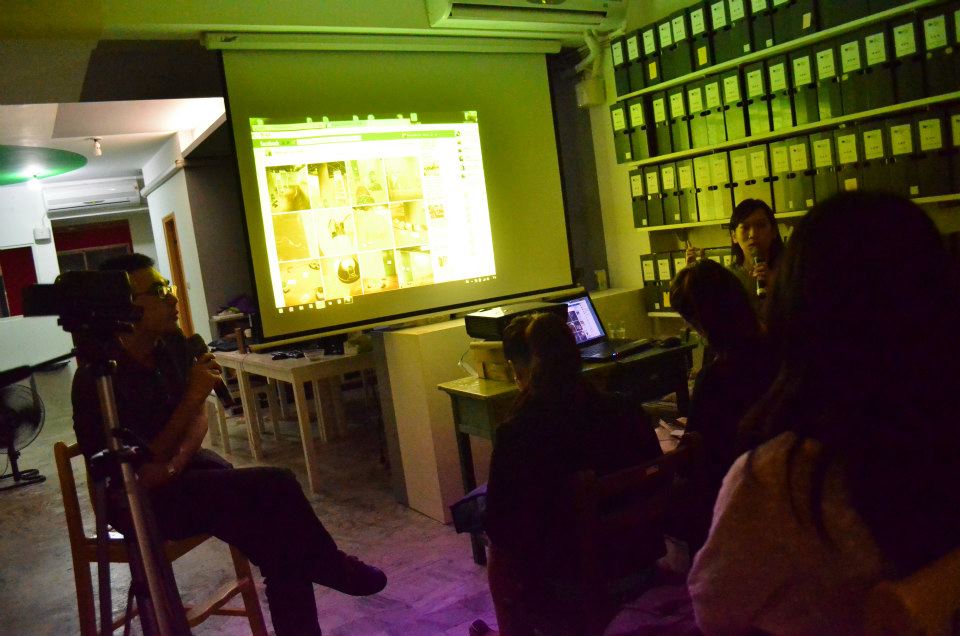04.25 獨立策展人的「空間經營學」_ 主講人:蔡明君 x 主持人:王柏偉
04.25 Art Space Management from an Independent Curator’s Perspective _ Ming-Jiun TSAI (Speaker) X Po-wei Wang (Host)
(For English please scroll down)
活動簡介
本次台新獎視覺藝術領域入圍者蔡明君身兼策展人與藝術空間經營者兩種角色,本次座談希望邀請她來分享她對經營藝術空間的心得,以及台新獎入圍作品的整體構想。
講者簡介
蔡明君
英國倫敦大學金匠學院策展學碩士,獨立策展人,曾與朋友共同經營 Derive Art衍空間+ Cafe Amarcord。作品「院」獲2013年台新獎入圍,曾經策劃過視覺藝術聯盟2012藝術家博覽會《群聚 A Gathering》以及20號倉庫的《翻轉吧!倉庫 | In/side/out》等展覽。
主持人簡介
王柏偉,1975年生。德國Witten/Herdecke大學文化系社會學博士候選人。藝評、獨立策展人。曾獲數位藝術評論獎、國藝會藝評台評論獎、教育部公費留學補助(西洋教育史類)。主要研究領域為媒介理論、當代藝術史、文化與藝術社會學、藝術/科學/科技(AST)。與人合譯有Niklas Luhmann所著《愛情作為激情:論親密性的符碼化》(台北:五南)。進行中計畫包括《科技、藝術與社會的在地化考察:台灣媒體藝術發展脈絡》、《策展學關鍵概念與知識結構研究》與《MV美學導論》。現為台北數位藝術中心研究員,《藝外》與《藝術家》雜誌特約撰稿人。藝術類文章請見:http://www.itpark.com.tw/people/essays/667
Event
A nominee for this year’s Taishin Visual Arts Award, Ming-Jiun TSAI plays the role of both independent curator and art space administration manager. We are delighted to have her share her experience in directing art spaces as well as her thoughts on her recently nominated artwork.
Speaker – Ming-Jiun TSAI
Host – Po-Wei Wang
Po-Wei Wang, born in 1975, is a Ph.D. candidate of sociology at the Department of Culture Studies, Witten/Herdecke University, Germany. He is a art critic and a curator. His research interests include Media Theory, History of Contemporary Art, Sociology of Culture and Art, and Art/Science/Technology (AST). He has received the Digital Art Criticism Award and the NCAF Art Review Award. Translate Niklas Luhmann´s Liebe als Passion: Zur Codierung von Intimität together with Chin-Hui Chang. Ongoing projects include “Theories of Exhibition”, and “Art, Biology, and Laboratory: A Probe into the Genealogy of Bio-Art”. He is currently the special contributor to the Artitude and Artist Magazine. Articles please see http://www.itpark.com.tw/people/essays/667
活動紀錄
photo:TCAC
text:呂鑫
translation:周思婷
更多照片:https://www.facebook.com/media/set/?set=a.10151639257579878.1073741837.361110184877&type=3
空間魔法師 獨立策展人談「空間經營學」
4月25日在TCAC舉辦的「獨立策展人的『空間經營學』講座」,邀請入圍2012年台新獎視覺藝術類的策展人蔡明君,除了分享營運藝術空間的經驗,也談到了台新獎入圍作品《院》的創作概念。
蔡明君表示,《院》是一場在東海大學藝術中心限地製作的展覽,當初受東海大學邀請,對方希望能製作一個全新的展覽,她在研究東海藝術中心建築構造和內部格局後,決定創造一個沒有展牆和隔間的展覽場地。她說,這個想法出自她對東海大學周邊場域的觀察,她發現東海校園環境優美,不只學生在此生活,附近居民也會來校內走動,如同一個現代化社區。她將這個概念運用到策展論述之中,讓藝術中心延伸進入校園,成為一個小型社區,藝術中心建物的主要牆面變成社區大樓,其餘空間則是社區的「院子」。
《院》這檔展覽邀請了七位不同國籍藝術家的作品,每件作品皆為委託製作。蔡明君跟藝術家們溝通完策展理念後,就讓藝術家各自發展作品,希望他們能從「院子」的印象和記憶去做發想,並在作品中回應展覽現地與空間。由於策展期間無暇讓參展藝術家共同開會討論決定場佈事宜,因此,大多數展品的位置安排和呈現方式,都交由藝術家當場決定。蔡明君表示,這就是限地製作策展難以掌控的特色,她對於展覽最後呈現的結果,包括觀展路線無法完全掌握,也無法預料作品間的對話模式,只能照著藝術家和自己的直覺走。不過,也就是這種不確定感令她著迷,限地製作類型的展覽的成果難以預料,但往往能帶來驚奇。
對她來說,限地製作不只是將藝術作品展示在大眾面前,在過程中,她還比須研究藝術家過往的作品,考慮藝術家的思考方式和媒材是否符合展覽的調性,並針對場地的背景脈絡、歷史,提出自己的目標和想法,最後轉化成可以言說的策展概念。因此她表示,限地製作類型的展覽,在她觀念裡更像是一種創作。
蔡明君也將策展思維運用在經營商業藝術空間上。她和友人合資經營的Derive Art衍空間位於台中,是家結合咖啡館和藝廊的複合式空間,空間共有兩層樓,一樓是展覽場地,二樓則是咖啡館。沒有刻意鎖定客群,從一般民眾到藝術品藏家都歡迎,吸引許多藏家探詢,但由於藝術品交易量還是不如預期,最後只好在成本考量下結束營業。
事後她檢討該空間的經營模式,認為營運的收支平衡是最重要的事,在人事成本上應該要更加精簡,尤其開業初期要有資金支持,才能挺得過默默無名的草創期。在展覽策略上,她也坦承自己過於理想化,重視藝術概念多於藏家喜好,欠缺現實考量。但她還是認為「經營藝術空間」和「獨立策展」兩件事可以並行,雖然前者較為商業導向而後者純為展覽,但追根究柢,兩者都是在「推廣藝術」,致力於讓藝術作品被看見,建立藝術作品的價值,其實並不衝突。
THE SPACE MAGICIAN
An Independent Curator’s Take on “Space Management”
On April 25th, TCAC invited curator Tsai Ming-Jiun, nominee for the 2012 Taishin Visual Arts Award, to share with the audience not only her experiences in managing art spaces, but also the concept behind her nominated work—Yard.
Tsai Ming-Jiun said that Yard was an exhibition limited to the Tunghai University Art Gallery. She was invited by Tunghai University to make the new exhibition. After closely observing the architecture of the Tunghai Art Gallery in and out, she decided to create an exhibition space without any barriers or walls. Tsai Ming-Jiun said her inspiration came from observing the surroundings of the university. She realized the beauty of the landscape, and with the sight of the students and the neighborhood residents, the campus itself was like a modern community. This idea was incorporated in her curatorial concept: The art gallery branched out into the campus, and transformed into a small community. The main walls of the gallery became buildings, while the rest of the space is the yard.
The exhibition Yard included the work of seven artists from different countries. Each piece of work was made specifically for this exhibition. After Tsai Ming-Jiun communicated her curatorial concept to the artists, the artists individually created their work from their personal impressions of yards. Since the artists and curator did not have the opportunity to collectedly discuss the interior arrangement of the exhibition, most of the distributing and arrangement of the work was decided by the artists themselves after they arrive at the gallery. Tsai Ming-Jiun expressed how this is one major characteristic of curating exhibitions on limited spaces—the unpredictability. She could not fully control the final display of the exhibition, including the routing, for she could only follow the intuition of the artists and herself. However, it is this sense of uncertainty that captivates her. Exhibitions limited to locations hold unpredictable outturns, but usually hold more surprises as well.
To her, limited curating is not simply displaying artwork to the public. In the process of curating, she concentrates more on the previous work of the artists, and she considers whether the way of thinking and creating of the artists match the tone of the exhibition. Moreover, she forms her perspectives and objectives according to the historical context and background of the space. She then turns those ideas into literal curatorial concepts. Therefore, she believes that limited curating to her is more like a form of creation.
Tsai Ming-Jiun has applied her curating skills onto commercial art spaces as well. She ran Derive Art with her friend, an art space/coffee shop located in Taichung. The first floor was an exhibition space, while the second floor was the coffee shop Café Amarcord. They did not aim at any particular target customers and welcomed anybody ranging from the general public to art collectors. Yet they had trouble with making ends meet through art transactions, and decided to end their business in the end.
Afterwards, she retraced her management of this art space, and she discovered that the most important thing was to balance income and costs and to reduce cost of personnel. At the starting point of the business, funding support was crucial to withstand the period when they were less known. In terms of curating strategies, she also admits she was too idealistic in emphasizing more on art concepts rather than the preferences of collectors. Nonetheless, she believes managing art spaces and independent curating are not unparalleled lines. Although the former is more commercial-oriented and the latter simply concerns exhibitions, she firmly thinks these two are both efforts in promoting art, in letting the work of artists be seen, in constructing the value of their artwork. She believes these two are not conflicting in any way.




